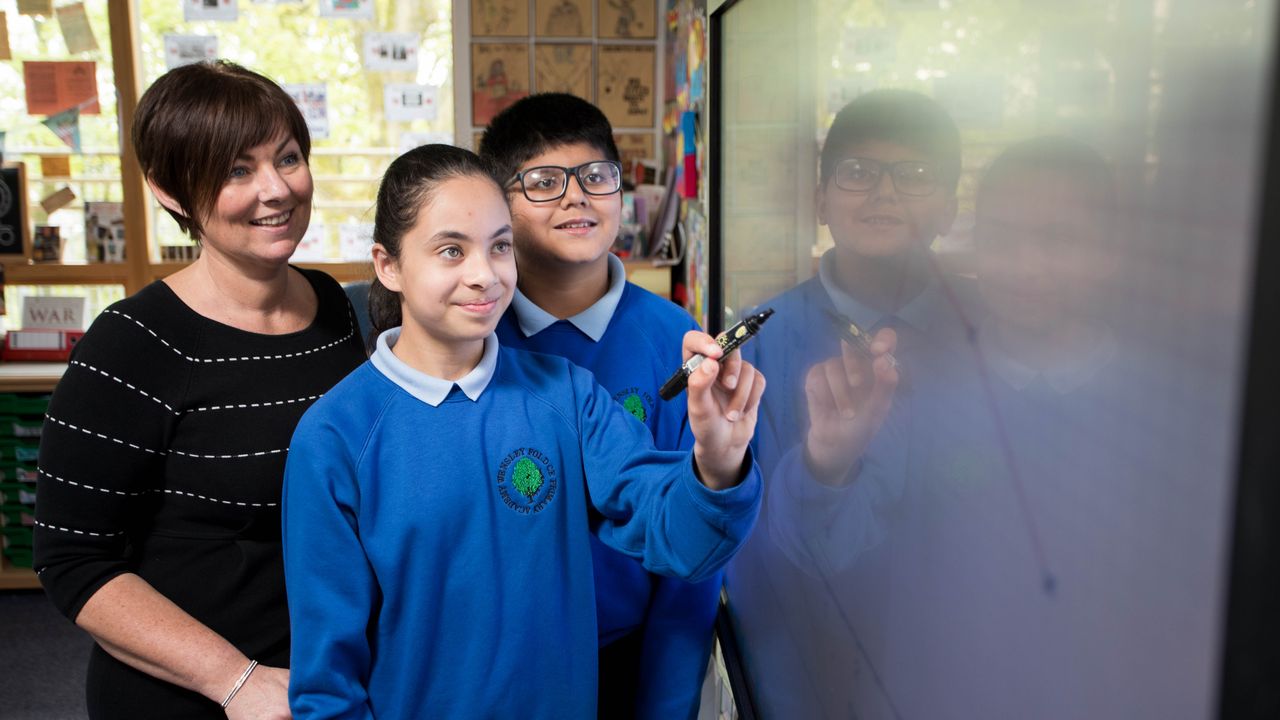Ready To Progress criteria
A guide to the NCETM’s ready to progress criteria, and some maths resources to support your teaching.

“It's like you guys can read my mind!! I just asked the question yesterday 'I wonder if LbQ are planning to incorporate any of the DfE's ready to progress materials into their Question Sets?' ... and then there it is! Love that.”
Lindsay Lindsay, Croxby Primary School
In June 2020, The Department for Education and the NCETM issued non-statutory guidance that detailed their ready-to-progress criteria. In this blog, we take a comprehensive look at the NCETM ready to progress guidance, the criteria and provide links to resources that will help you assess, plan and teach according to the ready to progress guidance.
What is ready to progress?
Ready to progress guidance from the DfE and the NCETM is a way of prioritising the skills in each year group for the primary mathematics curriculum. They are goals to be reached by the end of each year and are helpful in slim-lining the curriculum.
This criteria covers the core conceptual knowledge that pupils from year 1 to year 6 need to know before they can progress on to the next level of their learning. The skills and knowledge prioritised by this list, enable pupils ‘to more easily access many of the elements of the curriculum that are not covered by this guidance’.
Ready to progress guidance was released to the teaching profession in June 2020, at a time when many children had not received face-to-face teaching for some time, and would go on to experience hybrid teaching for another year. Therefore, the guidance became (and still is) important in ensuring children got the most out of their remaining maths lessons in primary school.
The key documents from the DfE and NCETM are:
National curriculum in England: mathematics programmes of study
Teaching Mathematics in Primary School
Mathematics Guidance: key stages 1 and 2
What are the ready to progress criteria?
The ready to progress criteria are the goals of knowledge and skills needed to be met at the end of each year in primary school. The criteria are meant only as guidance, and don’t cover the entire primary curriculum. But the guidance has been created as a way to prioritise learning, given many children have large gaps in learning after the COVID-19 pandemic.
The criteria have been split into topics and then again across year groups. The topics covered are:
Number and Place Value
Number Facts
Addition and Subtraction
Multiplication and Division
Fractions
Geometry
The NCETM have also created PowerPoint presentations to demonstrate each of the ready to progress criteria.
Ready to progress resources
Our Ready to Progress resources cover the ready-to-progress criteria set out in the NCETM guidance.
Each resource contains questions covering all the criteria identified for one topic (listed above) of the primary curriculum for that year group.
Our resources (known as Question Sets) contain between 10 and 20 questions for Years 3 and 4, and 20 to 25 questions for Years 5 and 6.
These resources are specially crafted by our teacher-authors to tie in with the initiative from the NCETM. Let us take you through a set to show you how they work.
How LbQ's ready to progress resources work
Ready to Progress sets are divided into levels with 1 level per ready-to-progress criteria. Pupils need to complete each level successfully before progressing to the next level. For example, Ready to Progress from Year 3 Number and Place Value has four levels. Teacher tip: give some wrong answers to experience the unique feedback that your pupils will receive on the LbQ platform.
Level 1: Pupils know that 10 tens are equivalent to 1 hundred, and that 100 is 10 times the size of 10. Pupils will then apply this to identify and work out how many 10s there are in other three digit multiples of 10.

Level 2: Pupils will recognise the place value of each digit in three-digit numbers, and compose and decompose three-digit numbers using standard and non-standard partitioning.

Level 3: Pupils reason about the location of any three-digit number in the linear number system, including identifying the previous and next multiple of 100 and 10.

Level 4: Pupils can divide 100 into 2, 4, 5 and 10 equal parts, and read scales/number lines marked in multiples of 100 with 2, 4, 5 and 10 equal parts.

This is a strong example of the ready to progress resources we have created to tie in with the DfE and NCETM criteria.
All are designed to allow children to test their knowledge and understanding of core concepts in each strand of the curriculum.
Wayfinder grants you full access to our library of Ready to Progress resources across the entirety of KS2.